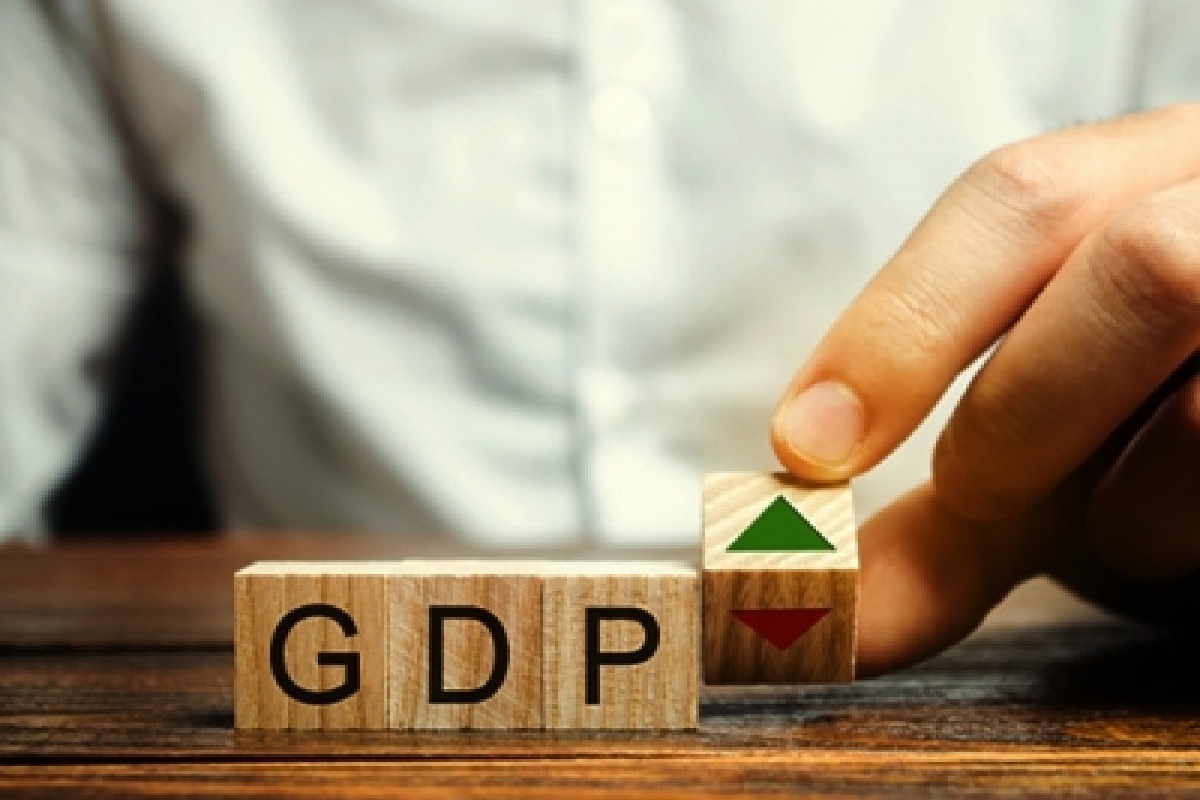In the labyrinth of economic indicators, India’s Gross Domestic Product (GDP) emerges as a perplexing enigma, shrouded in a cloud of controversies and methodological intricacies. The saga begins with the introduction of the new GDP series based on 2011-12 data, which ignited a fervent debate over its accuracy and the motives behind its unveiling. The initial bone of contention lay in the absence of a back series when the new series was launched in 2015. Analysts raised eyebrows, questioning the validity of a methodology that seemingly obscured a comparative analysis between the UPA and NDA periods. The spectre of political influence loomed large, casting doubts on the transparency of the government’s economic narrative.
Fast forward to the pandemic-ridden 2020, when the economy witnessed its steepest decline since Independence. A swift recovery, touted as a testament to India’s resilience, raised eyebrows given the underlying issues in GDP calculation. The paradox deepens when we find the highest growth rate during the tumultuous demonetisation year, 2016- 17, revealing an alarming 8 per cent upward bias in GDP. This anomaly hints at a flawed methodology that overshadows the true state of the economy. Delving into the intricacies of GDP calculation, the quarterly estimates based on the production approach reveal a reliance on outdated benchmark indicators.
Advertisement
The last survey of unincorporated enterprises dates back to 2015-16, rendering the reference year obsolete in capturing the current economic reality. The extrapolation of annual figures from previous years raises a crucial question. How can accurate quarterly estimates emerge when the foundation itself is marred by errors and shocks? Speaking of shocks, India has weathered several since 2016 ~ demonetisation, GST implementation, NBFC crisis, and the abrupt lockdown in 2020. Each shock altered the landscape of the economy, rendering traditional benchmark indicators irrelevant. The unorganised sector, a significant player in employment, faced differential impacts, skewing the ratio between organised and unorganised sectors and further muddying the waters of GDP calculation. International agencies, while endorsing India’s GDP claims, mirror the errors inherent in the official data. The blind reliance on flawed numbers raises questions not just about India’s economic narrative but also about the broader implications for international comparisons.
The repercussions of inaccurate GDP numbers extend beyond statistical quagmires. Macro aggregates like consumption, savings, and poverty measurements are hostages to unreliable growth figures. The fracture in the link between growth and employment, especially with the unorganised sector facing a decline, distorts the true picture of economic health. As the Centre continues to champion these figures, it perpetuates a narrative that aligns with its political agenda but veils the stark realities. The need for a comprehensive re-evaluation of GDP calculation methods, fresh surveys, and a commitment to transparency has never been more urgent. Only then can we hope to unravel the mysteries behind the numbers and glimpse the true state of India’s economic landscape.









